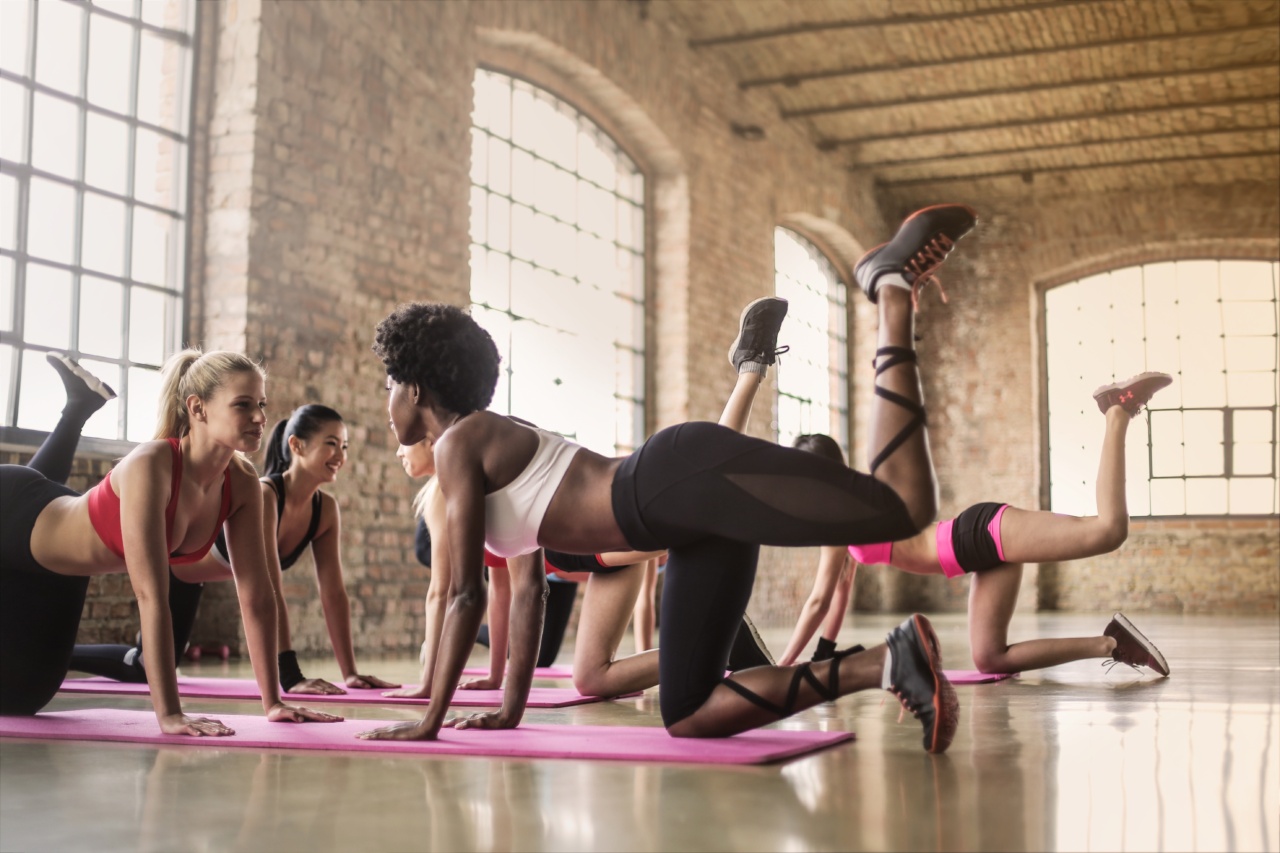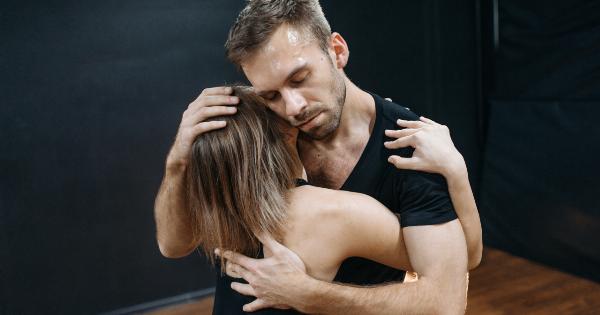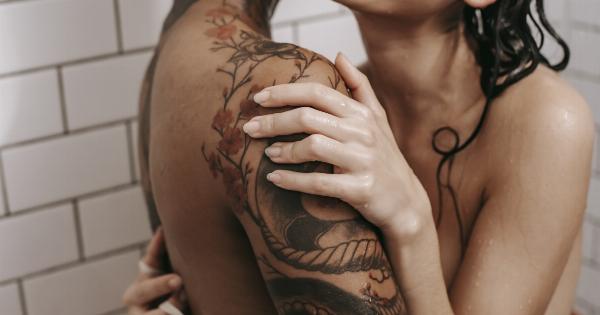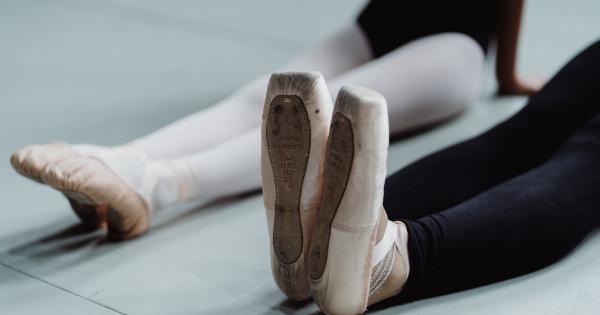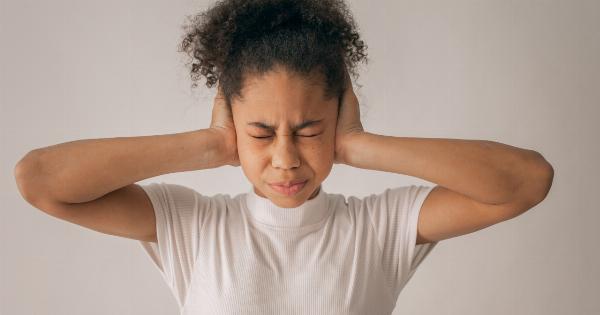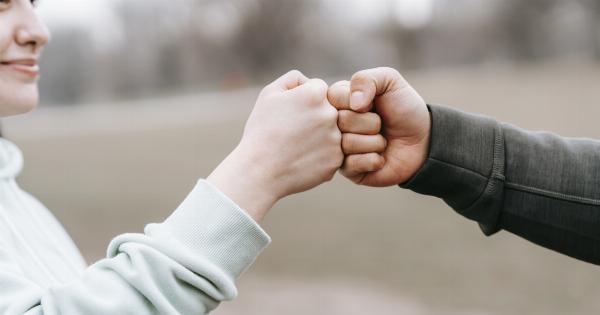Women’s bodies have often been subjected to scrutiny, judgment, and policing by society throughout history. From body shaming to reproductive rights, women continue to face various forms of control and intrusion.
This article delves into five different ways in which women’s bodies are regularly policed, highlighting the importance of challenging these harmful practices.
1. Body Shaming and Size-based Discrimination
Body shaming has become all too common in today’s society, with women being particularly targeted. From fat-shaming to unrealistic beauty standards imposed by the media, women are constantly made to feel inadequate about their bodies.
This form of policing negatively impacts their self-esteem, mental health, and overall well-being. It is crucial to challenge these narrow beauty ideals and promote body positivity and acceptance for all body types.
2. Dress Codes and Modesty Policing
Women often face strict dress codes or societal expectations when it comes to their clothing choices. Schools, workplaces, and even public spaces can have rules that primarily target women, forcing them to conform to specific standards of modesty.
Modesty policing can perpetuate harmful gender stereotypes and reinforce the idea that women’s bodies are inherently sexual or provocative. Encouraging dress code revisions and promoting individual expression can contribute to dismantling this form of policing.
3. Reproductive Rights and Control
The control and regulation of women’s reproductive rights have been a contentious issue worldwide. From restrictions on contraceptive access to abortion laws, women have often been denied autonomy over their reproductive choices.
This control over women’s bodies is an infringement on their fundamental rights and imposes undue burdens. Upholding accessible and comprehensive reproductive healthcare is essential in ending the policing of women’s reproductive decisions.
4. Victim-Blaming and Sexual Assault
When it comes to cases of sexual assault, women are often subjected to victim-blaming. Society frequently questions their actions, clothing choices, or behavior instead of holding the perpetrators accountable.
This form of policing shifts the blame onto the victims, perpetuates rape culture, and discourages reporting. Empowering survivors, challenging victim-blaming narratives, and promoting consent education are crucial steps towards creating a safer and more just society.
5. Ageism and Beauty Standards
Women face unique challenges as they age, especially in relation to societal beauty standards. There is immense pressure for women to maintain a youthful appearance, and aging is often stigmatized.
This ageism and focus on external beauty can lead to exclusion, discrimination, and limited opportunities for older women. Celebrating diverse representations of beauty across different ages and dismantling ageist stereotypes are essential in combating the policing of women’s bodies based on age.
It is important to recognize and challenge the ways in which women’s bodies are regularly policed.
By acknowledging these issues and working towards dismantling oppressive practices, we can create a society that respects and values women’s autonomy over their own bodies.
